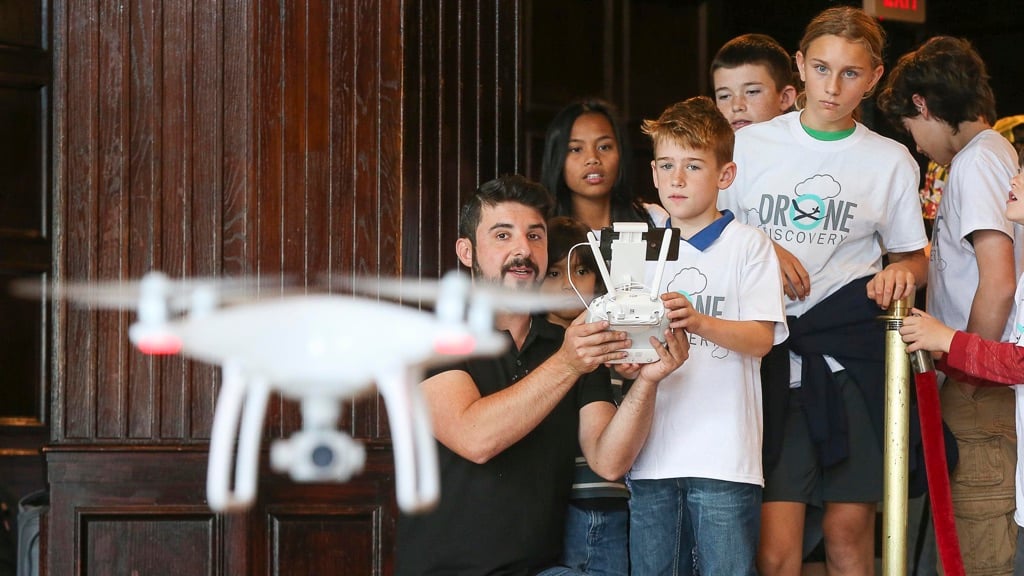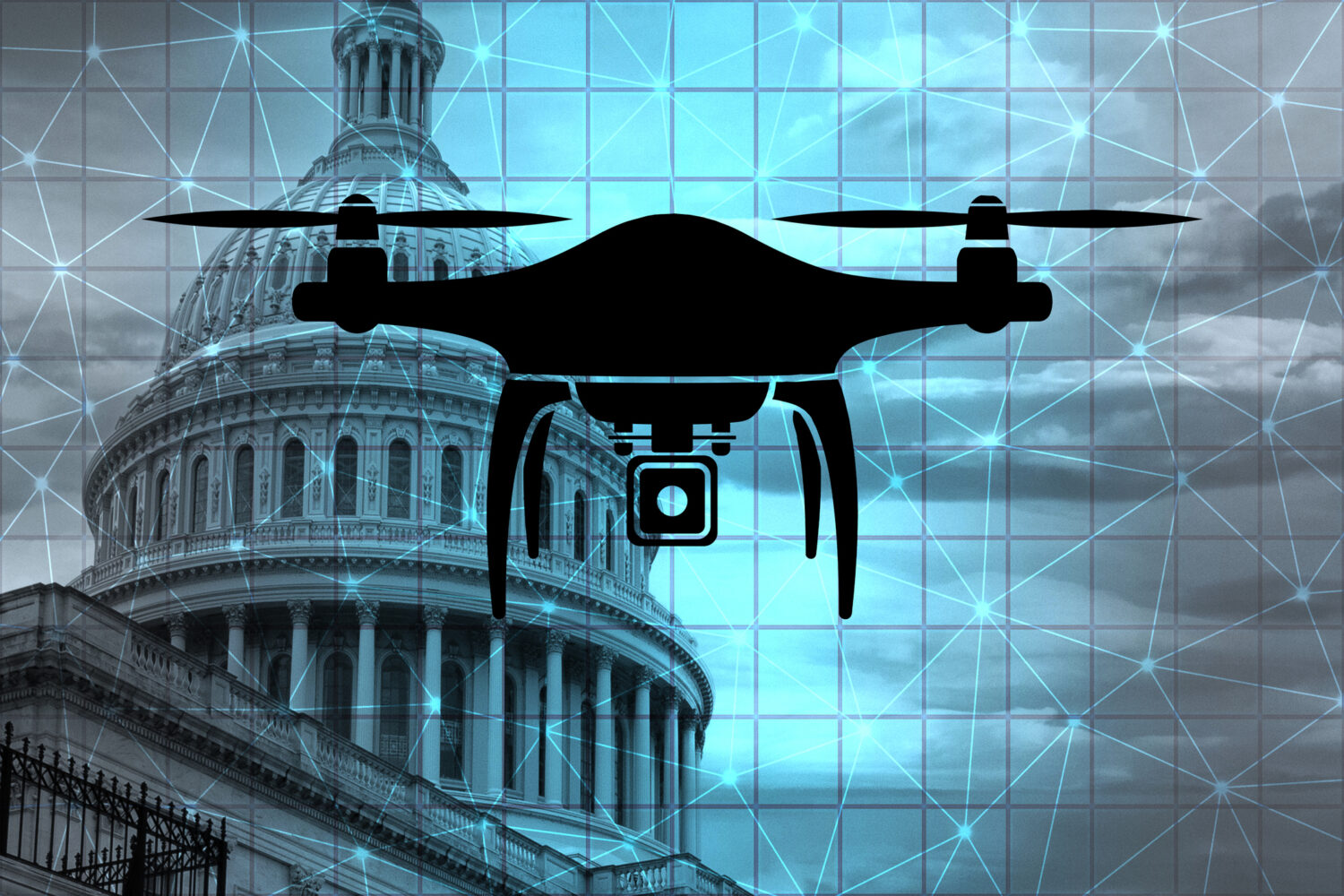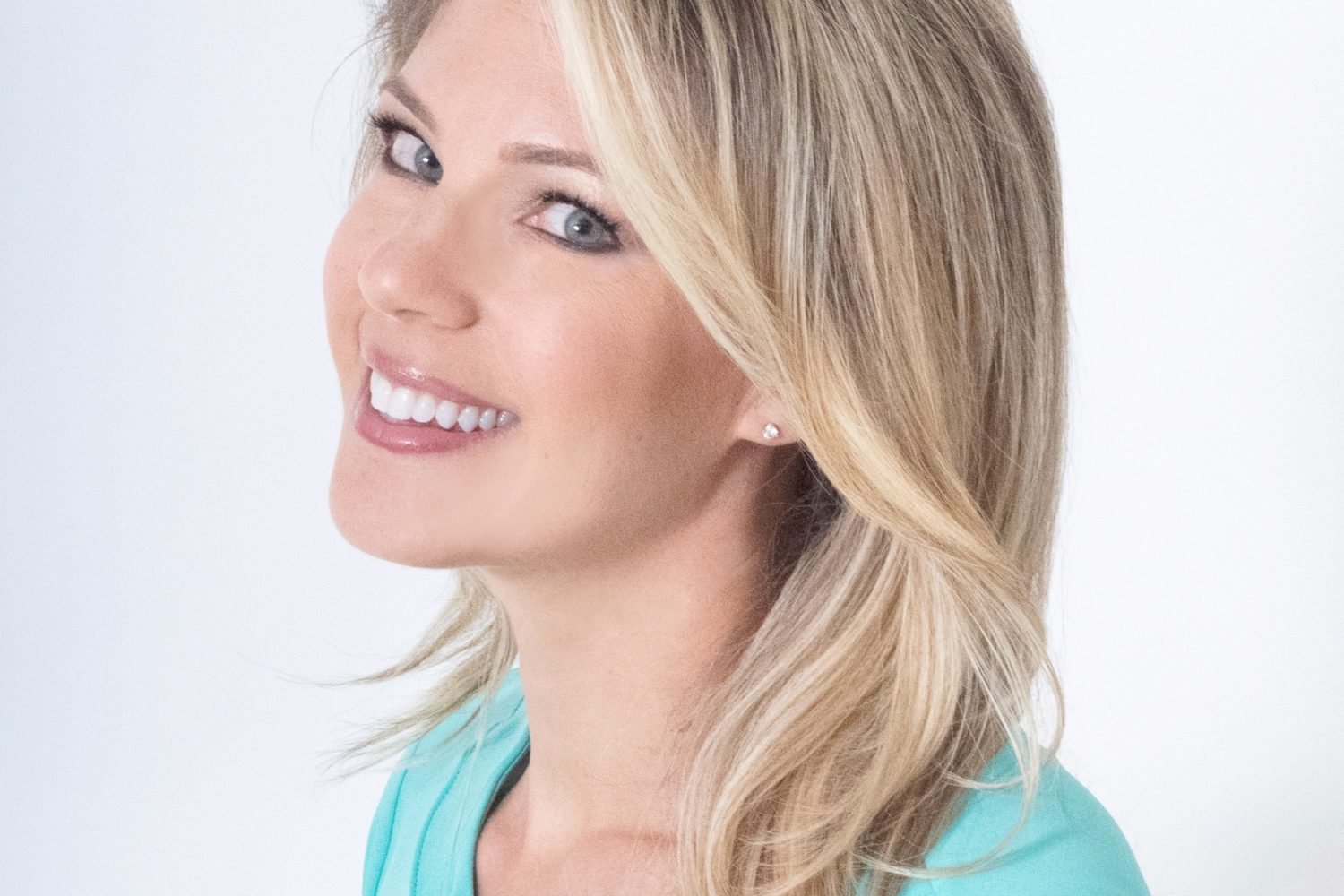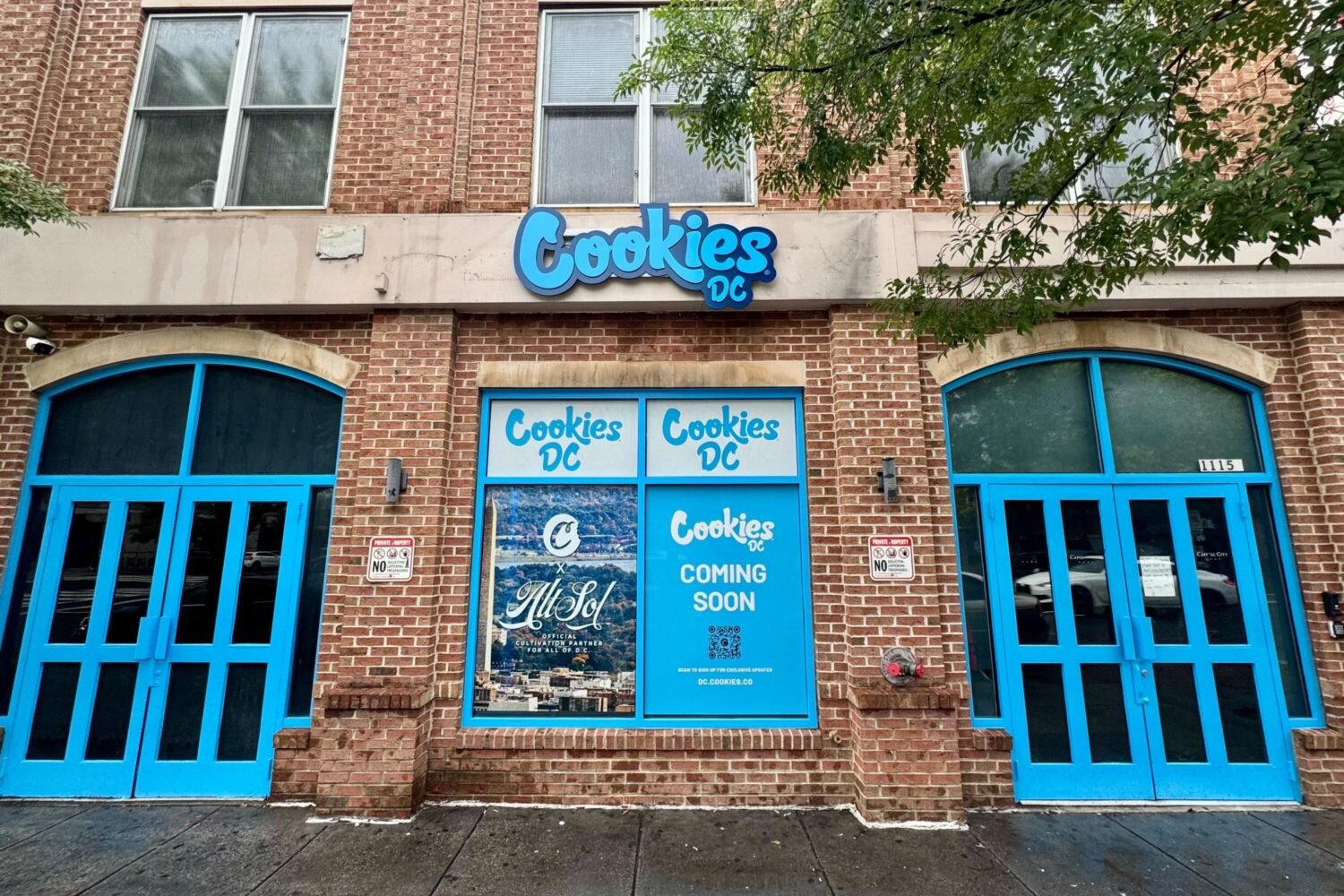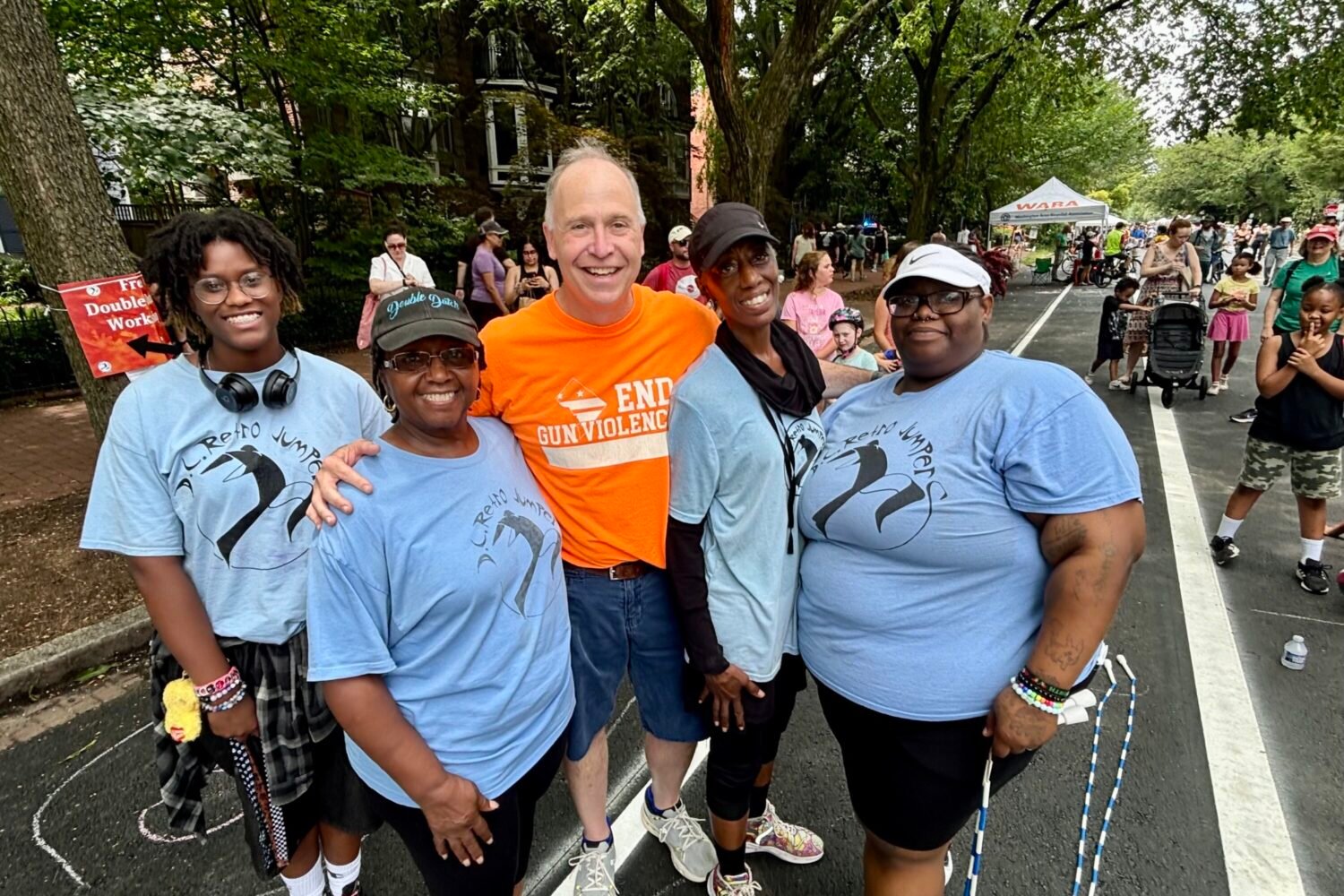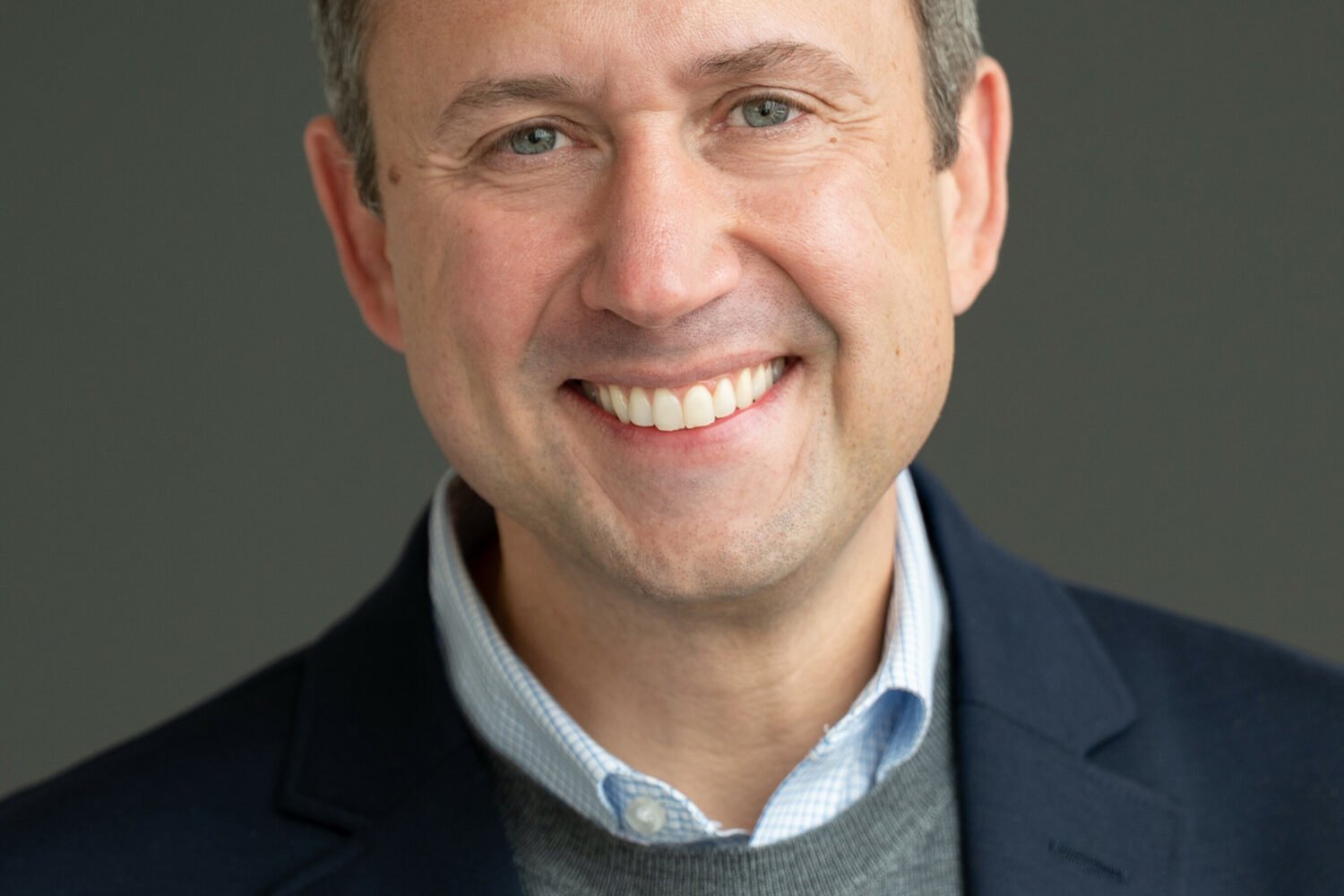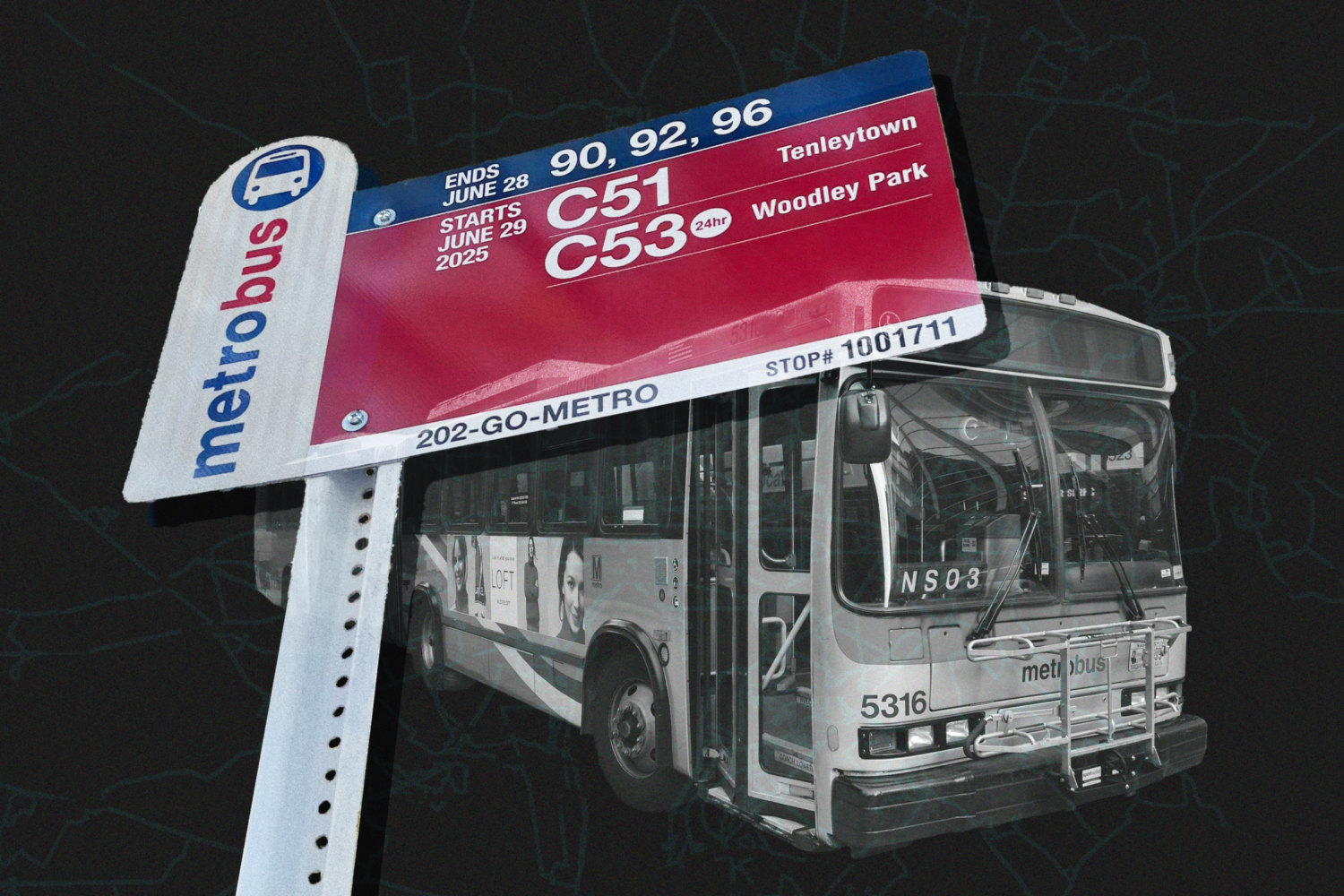The kids stared at the Phantom 4 drone sitting on the floor. Its porcelain-white shell, its sleek handles and tiny blades. It looked cold and futuristic. A teacher picked up the controller and the blades spun to life. Signal lights shone from its inside kernel. The ghostly machine slowly took off and, finally, levitated mid-air.
The teacher told the kids to line up–soon they would all get to operate the drone themselves.
Wednesday morning, hundreds of children from the DC area participated in Drone Discovery Challenge at the National Press Club. The event kicked off this year’s celebration of 4-H’s National Youth Science Day and will eventually tour all 50 states, connecting some 100,000 kids with some of the world’s most advanced drones.
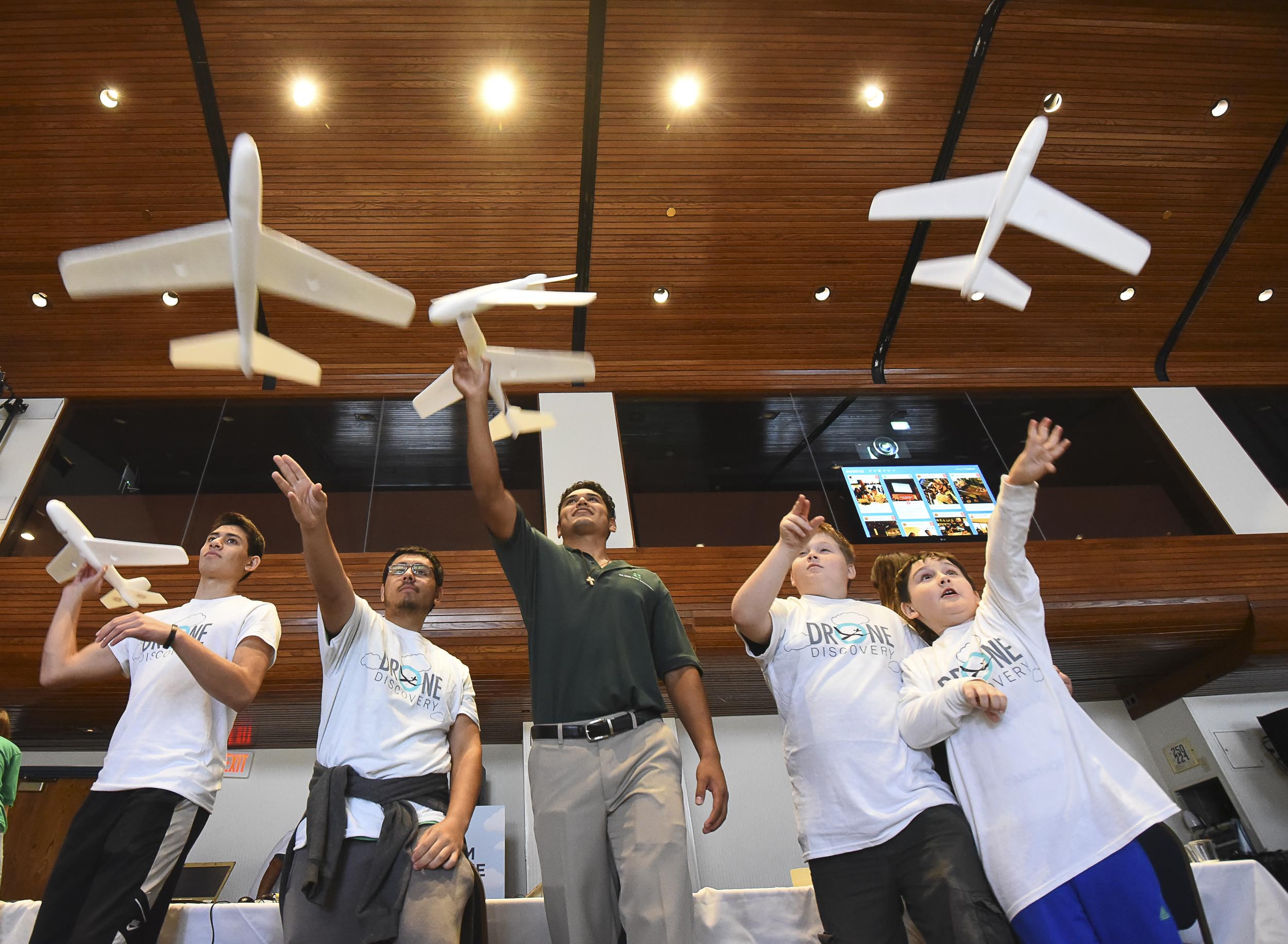
This program was special for a number of reasons, not least that you can’t fly drones outdoors anywhere near DC. A slate of activities helped participants understand the basics of aerodynamics. First, kids were asked to build planes with foam and master landing their propcopters onto tiny helipads. Then, they were split into groups to learn the basics of the code needed to control drones.
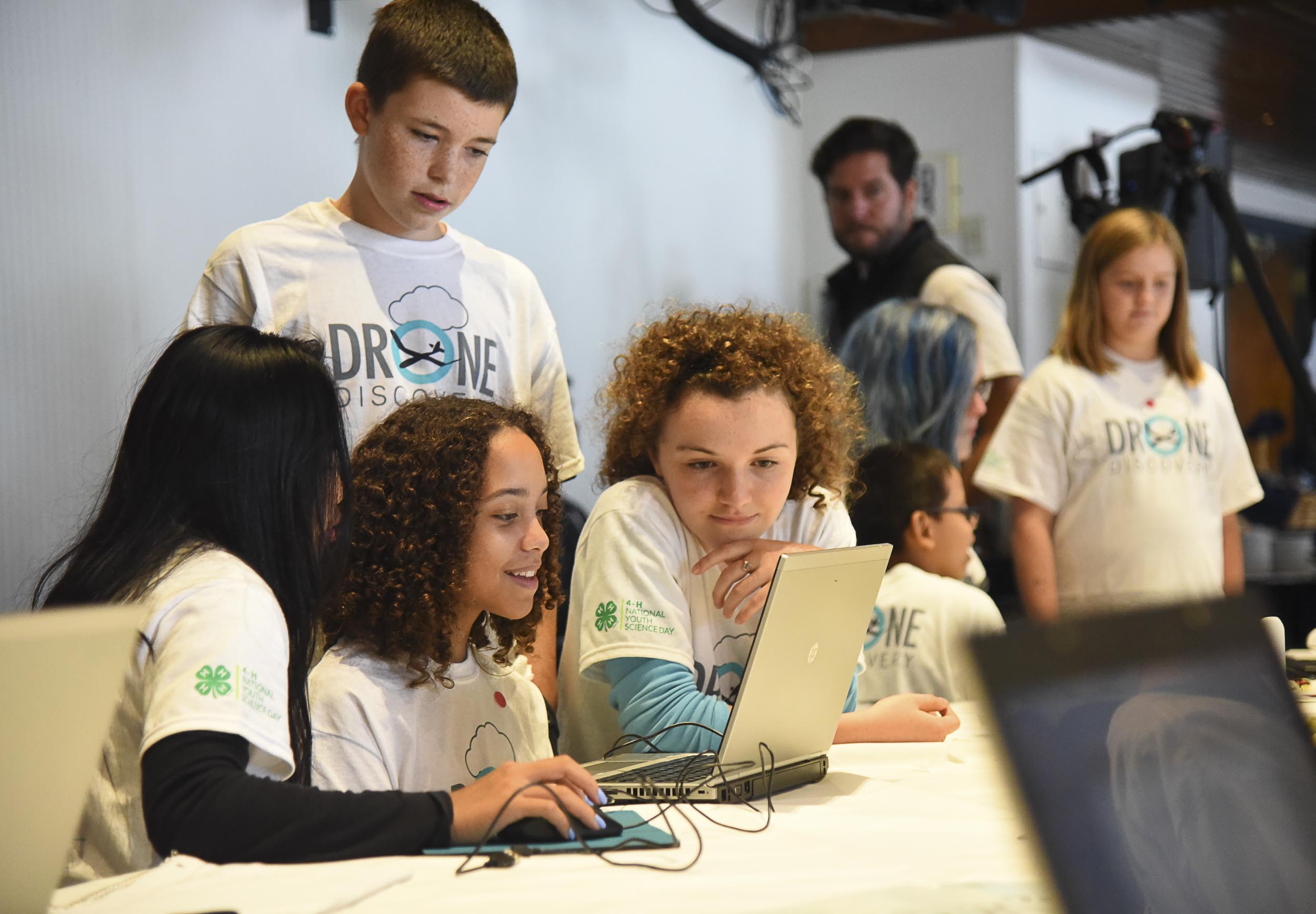
National 4-H Council President and CEO Jennifer Sirangelo explained the easy choice to focus on drones for this year’s science day project.
“Not only do drones have the cool, exciting factor, there are challenges with it. There are still controversies; we are still trying to learn how to use them safely. We thought it was important for an organization like 4-H. So we feel incumbent to teach kids about it so they’ll apply the knowledge to real world problems and that when they have to vote on policies about drones they’ll be informed,” says Sirangelo.
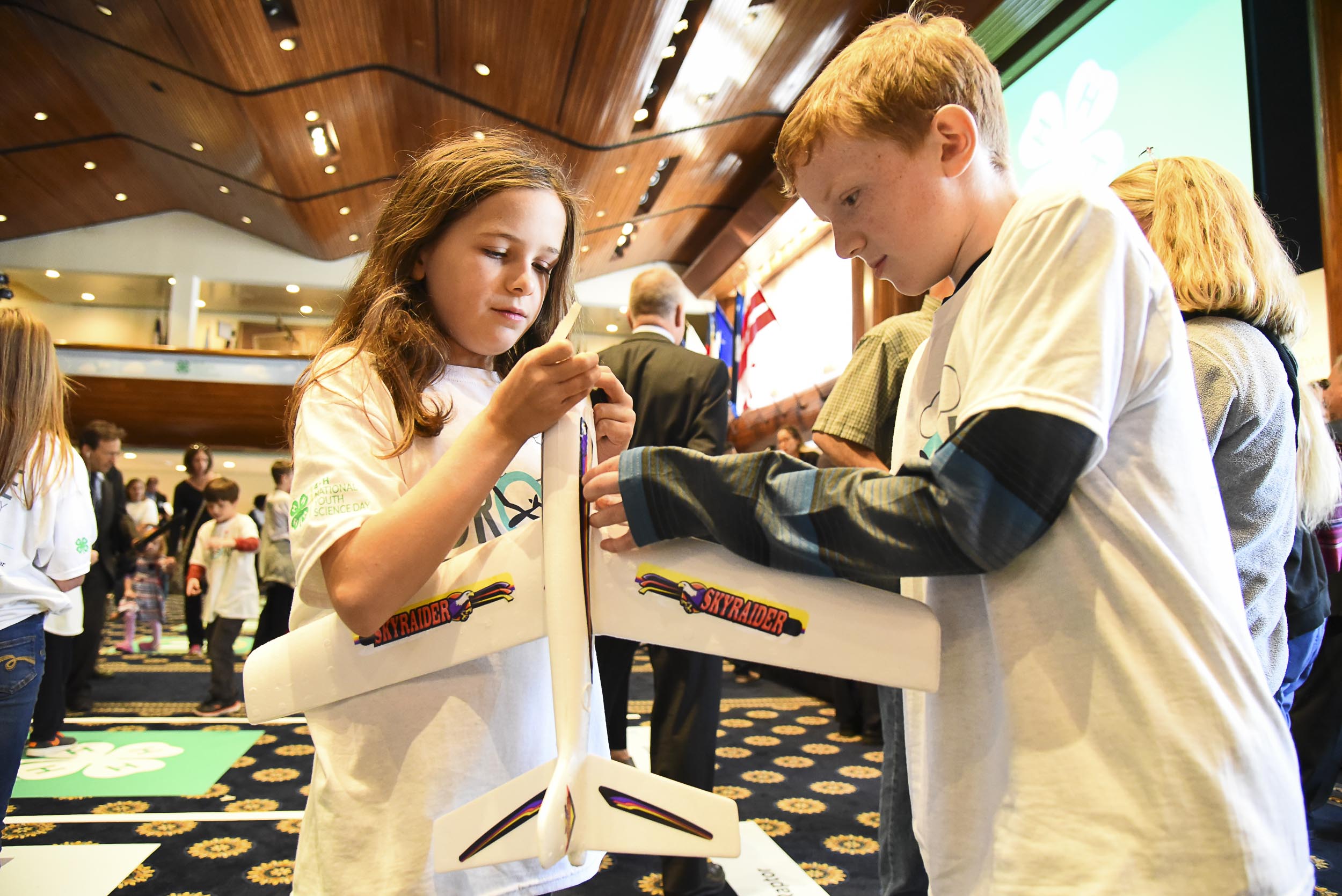
A roster of guests joined the kids, including MythBusters host Kari Byron, who was volunteering for the first time. What interested her was 4-H’s hands-on approach to attracting kids to STEM fields, something that MythBusters is doing in classrooms and Byron practices at home with her 7-year-old daughter.
“Whenever we are at home, say it’s a rainy day, we’d come up with goofy experiments like dropping Mentos in Coke and talk about what might have happened. Every now and then there’s an explosion and two, but safe ones, in the distance, ” Bryon says. “And she loves dry ice; whenever there’s dry ice she knows we’ll make the living room into a cloud.”
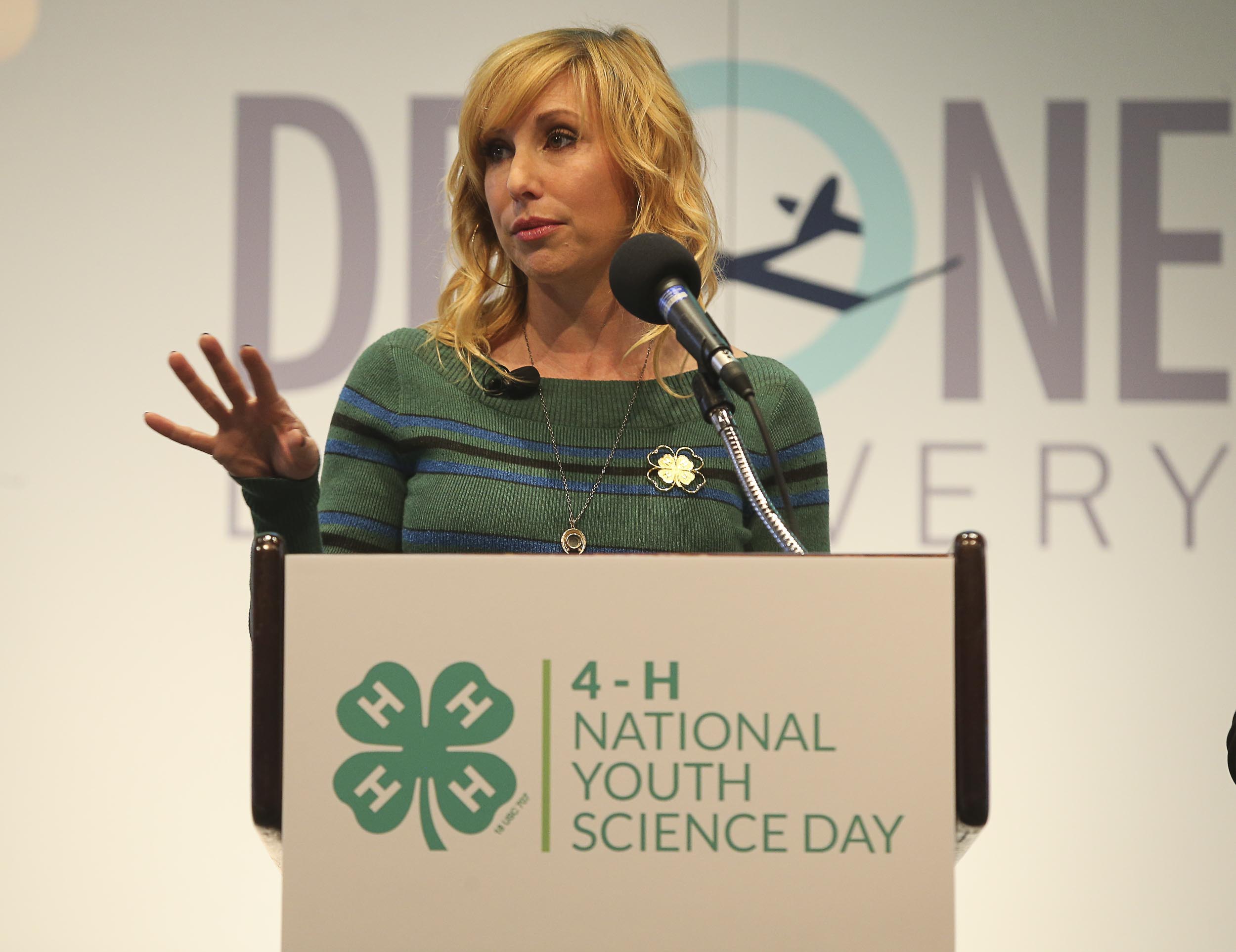
Former US Army drone operator Brett Velicovich presented the crowd some of the most advanced drone technologies, including an azure drone customized for Pepsi and a drone the size of a palm. He gave out free drones to kids who could answer his questions and the competition was fierce. A freckled young boy who failed to answer his question went to a corner of the room to mope. Fortunately, Velicovich gave him a second chance and the boy went home happy.
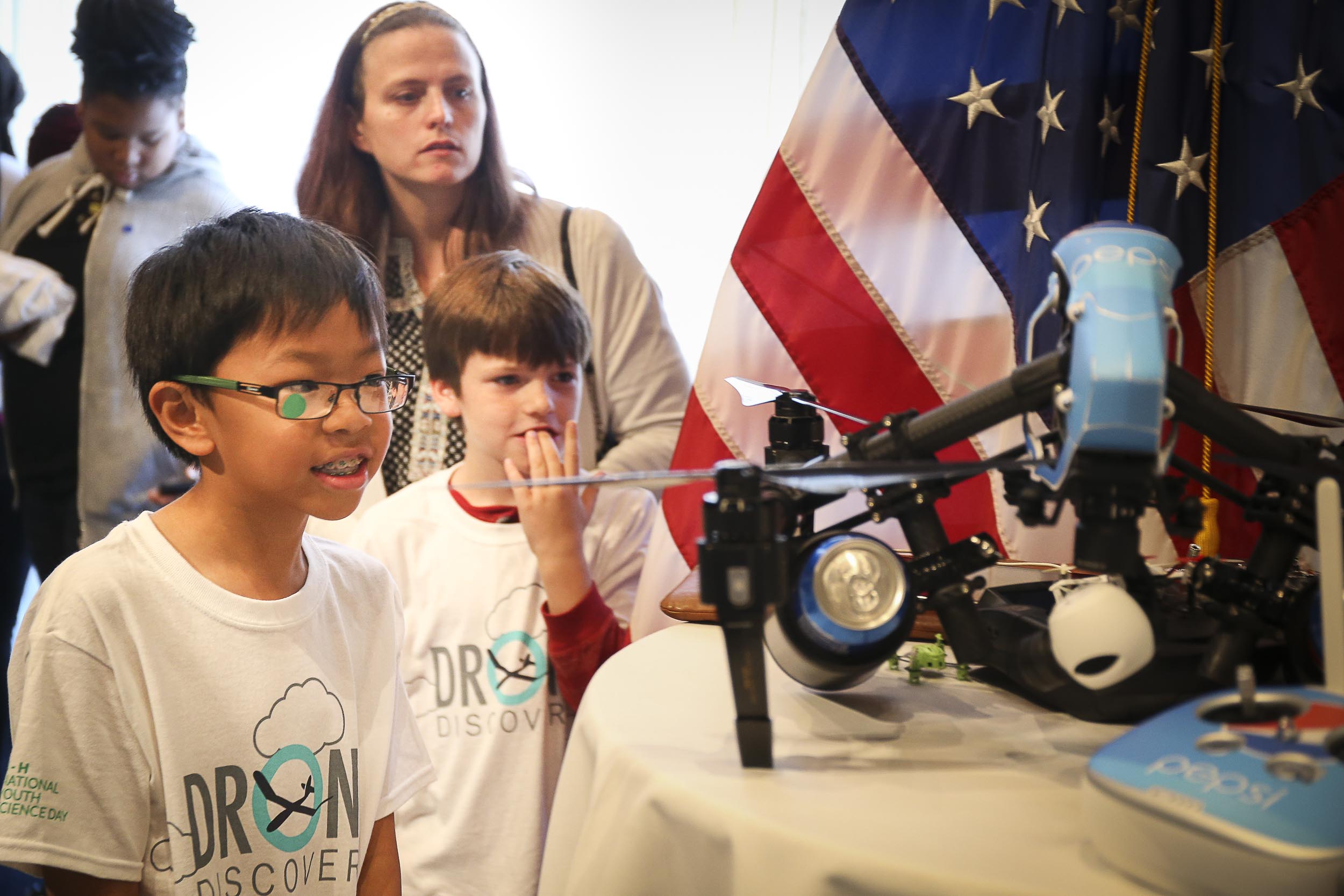
According to Sirangelo, 4-H is particularly conscientious of diversity considering the longstanding problem of diversity in STEM jobs. 4-H has a special program where young ambassadors reach out to younger kids in minority groups to encourage their participation. 4-H also developed a program called Tech Wizards specially geared toward children from first-generation immigrant families. More than 38 percent of the kids 4-H serves today are from a non-Caucasian background, Sirangelo said.
Megan Smith, the White House’s chief technology officer was on hand to present some of the initiatives President Obama has spearheaded, such as the Nation of Makers project. Only the third CTO in US history, Smith also focused on how women and people of color have traditionally been underrepresented in STEM fields.
“When you are a child in the classroom and you only hear about one group of people, you’ll then behave accordingly,” Smith says. “What’s so good about programs like this is to debunk all the stereotypes and realize how awesome we all are and can be.”

